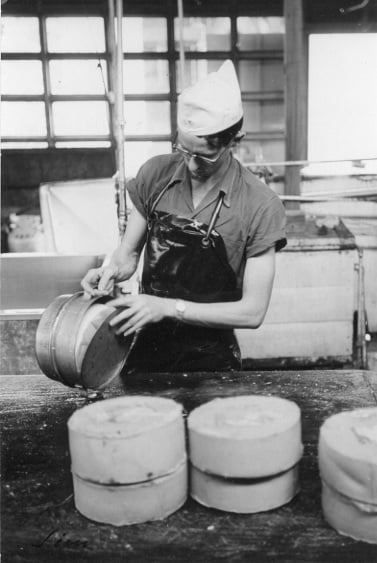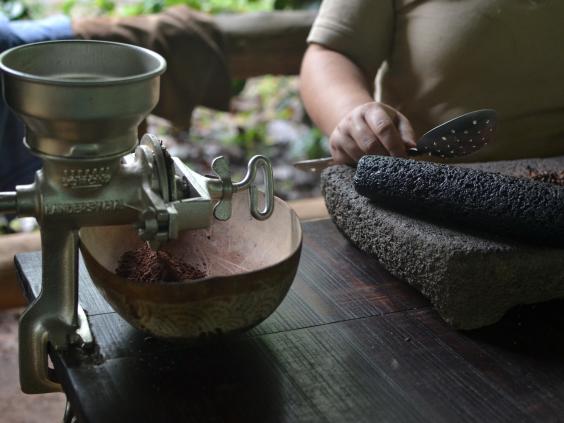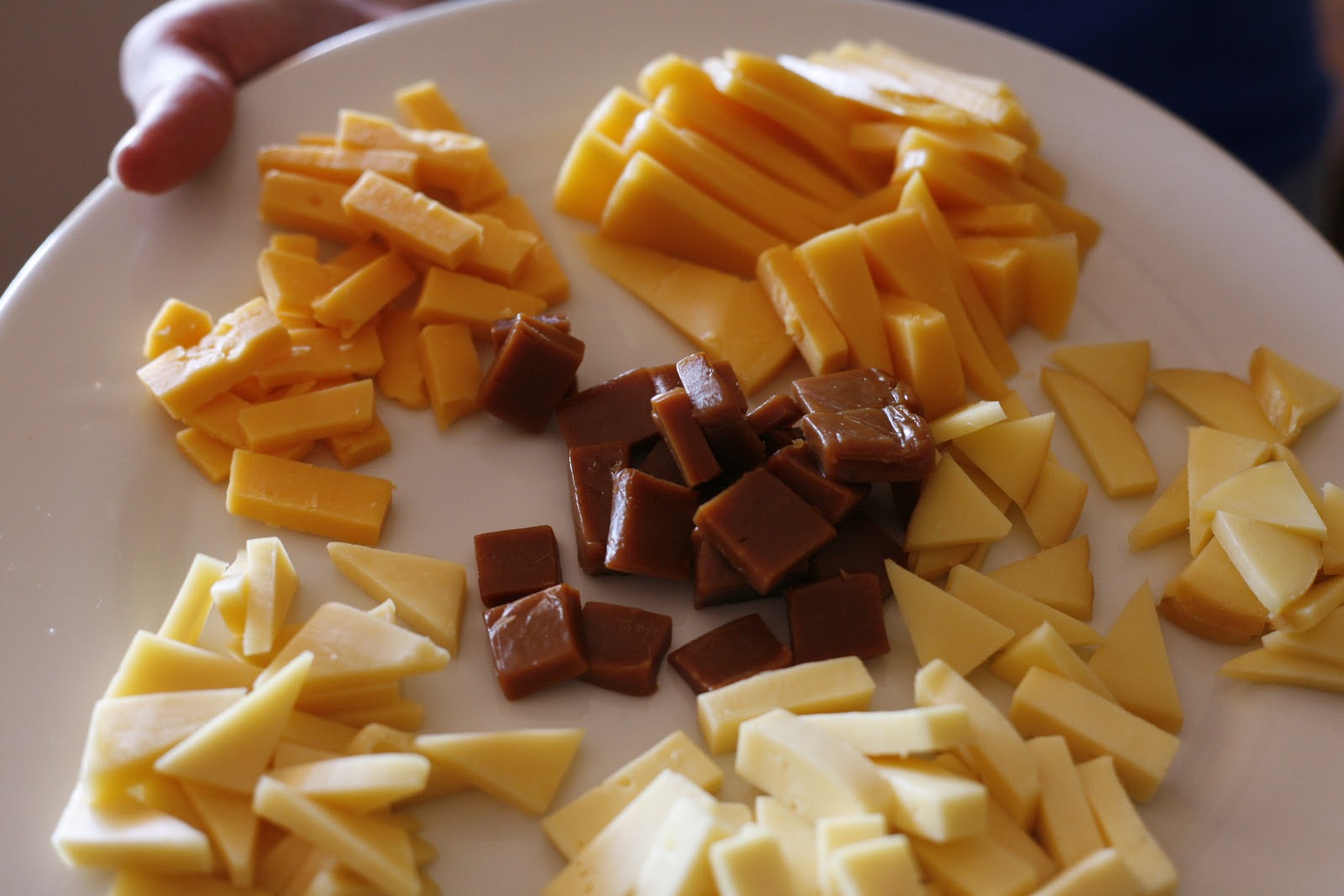Costa Rica Entertainment – The curved mountain tops, blanketed in milky green grass, gave way to infinite blue sky. Cows grazed on land speckled with wind turbines. If it wasn’t for the unpaved roads and one-storey houses in pops of candyfloss pink and lime, I could easily have been in the Alps, rather than Monteverde, in northwestern Costa Rica.
 It is a landscape likely far removed from the postcard pictures of beaches and rainforests that the Central American nation is famous for. And that’s just the way the locals, who have long been keen to keep the fertile region secret, like it; so much so that they’ve campaigned to stop developers paving the gravel roads leading here.
It is a landscape likely far removed from the postcard pictures of beaches and rainforests that the Central American nation is famous for. And that’s just the way the locals, who have long been keen to keep the fertile region secret, like it; so much so that they’ve campaigned to stop developers paving the gravel roads leading here.
While access to the small community is steadily improving, reaching Costa Rica has never been easier. Thomson Airways launched direct flights to Liberia – a city three hours northwest of Monteverde – from Gatwick in November last year. And British Airways reintroduces nonstop flights to the capital, San José, a three-and-a-half-hour drive south, today.
Despite the rattling drive, some 250,000 visitors still make their way to Monteverde every year, mostly to admire the cloud forest. I came for a lesser-known attraction: cheese. The town’s foundations are intertwined with curds and whey. It was a largely untouched patch of land until a group of American Quakers chanced upon in it in 1950. The 11 families from Alabama sought refuge from conscription, and as Costa Rica had abolished its national army in 1948 it seemed the perfect escape.
“This town belongs to the Quaker families, they are the ones who named it,” said my guide, Rosie, as we wandered through the factory they established in 1953, looking into labs replete with pipettes and scales and peering through windows into the production lines, where men in white suits hauled great slabs of cheese from vats.
Without any prior cheesemaking experience the families wrote to the US Department of Agriculture for guidelines. They arrived in the post and the rest is history: Monteverde Cheese Factory became the first place to pasteurise cheese in Costa Rica, and is now the second biggest producer in the country.
The factory’s repertoire has swelled since the early days. I sampled a smooth manchego, a milky edam and a sharp cheddar, among others. But it’s signature Monte Rico that is the queen cheese. A silky, mild, melt-in-the-mouth concoction, aged for just 10 days.
Monteverde cheeses appear in numerous guises on local tables: fried strips of Montino Semiduro top breakfast plates of gallo pinto – Costa Rica’s national dish of rice and beans; nuggets of queso turrialba are baked until gooey inside flaky corn empanadas; and grated Monte Rico dusts tacos heavy with marinated pork.
Those indifferent to cheese can still sample the factory’s produce: I indulged in its dangerously delicious ice cream, which comes in more than a dozen flavours.
A walk to the neighbouring town of Santa Elena, cone in hand, takes you past tiny galleries, shops selling handicrafts and coffee plantations. But the owner of local roastery and coffee house Beso Espresso told me the best beans come from the regions of Alajuela and Heredia, and that barista-style coffee is hard to come by.
“Ticos love coffee but they don’t have the same coffee culture as Europe,” she said. “They don’t know what a latte is.”
Long a primary export, coffee propelled Costa Rica into one of the region’s wealthiest countries. But before the beans were introduced the republic was famous for another crop, native to Latin America: cacao. And eastwards, beyond the sprawling cloud forests, lies a region ripe for its production.
La Fortuna, meaning “the Fortune”, is a cradle of fresh produce. “It has a very rich soil that’s good for agriculture,” explained Erica, my guide on the Rainforest Chocolate Tour, as rain tapped the tin roof and dripped from the trees.
At the foothills of the town’s number one calling card – the mighty Arenal Volcano – I marvelled at the pendulous baubles of cacao. The traffic-light-shaded pods command a lot of local significance. In 1709 the seeds became Costa Rica’s first official currency. And it was here in Mesoamerica that the bean, rather than the flesh, was first used.
“It was considered the food of the gods,” Erica said leading the way through thick rainforest, over muddy earth and past tree trunks wrapped in vines to see the fruit, the path lined with clusters of pepper and bunches of pink bananas.
Cacao was first used as a bitter drink in the early 1500s, she explained. The toasted, ground beans would be mixed with vanilla (for aroma), chilli (to heighten flavour), maize (for thickness) and water, to be savoured by the elite, often during religious rituals.
Today there are few cacao plantations in Costa Rica, after a fungus blighted crops in the Seventies. But thanks to the recent introduction of disease-resistant strains, cacao farms are starting to spring up across the country once again, namely in the form of small, artisanal and organic operations that focus on high-quality cacao confections, sold locally. Most Ticos, Erica explained, still consume chocolate in its liquid form with an afternoon snack of tortillas or tamales.
George Soriano, co-founder of chocolate company Sibú, based in the province of Heredia, said the cacao landscape is changing: “Costa Rica’s chocolate renaissance can be compared to the craft beer explosion, which is in full swing here. Cacao is being exported as a raw material; we are trying to change that. Why should Costa Rican cacao become Belgian chocolate, with no reference to the country of origin? Chocolate is part of our past, but it is also our future.”
In La Fortuna Erica walked me through the bean to bar process, each stage accompanied by a distinct scent: the surprisingly fruity aroma of the raw beans; the acidic whiff of them fermenting; and the rich, smoky scent when roasting. But ultimately I was holding out for the same final stage. Tasting the melted product. Armed with teaspoons I could drink as much as I wanted, the thick molten liquid coating my tongue and accompanied by sweet hits of orange essence, vanilla, sea salt, almonds, hibiscus.
Although I had sampled more than my fill, I daydreamed about what it must be like to live in a land where cacao grows on trees. Erica offered a solution: “We’re looking for new Oompa-Loompas.”
By Chloe Cann, The Independent

